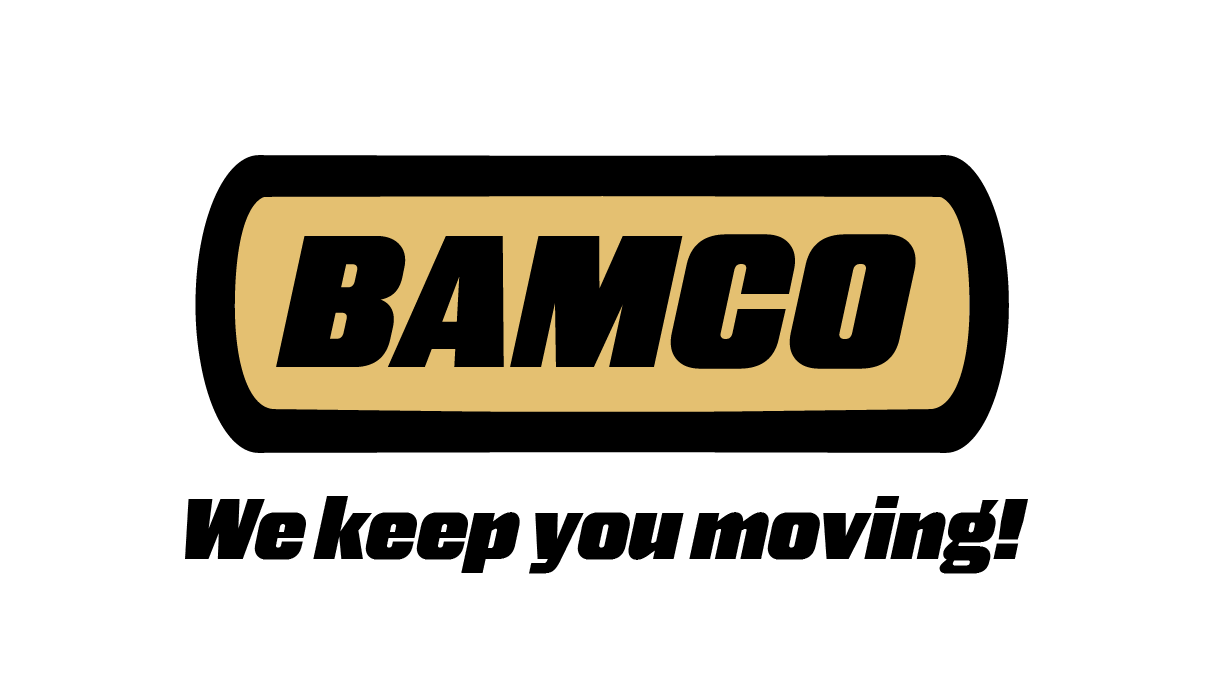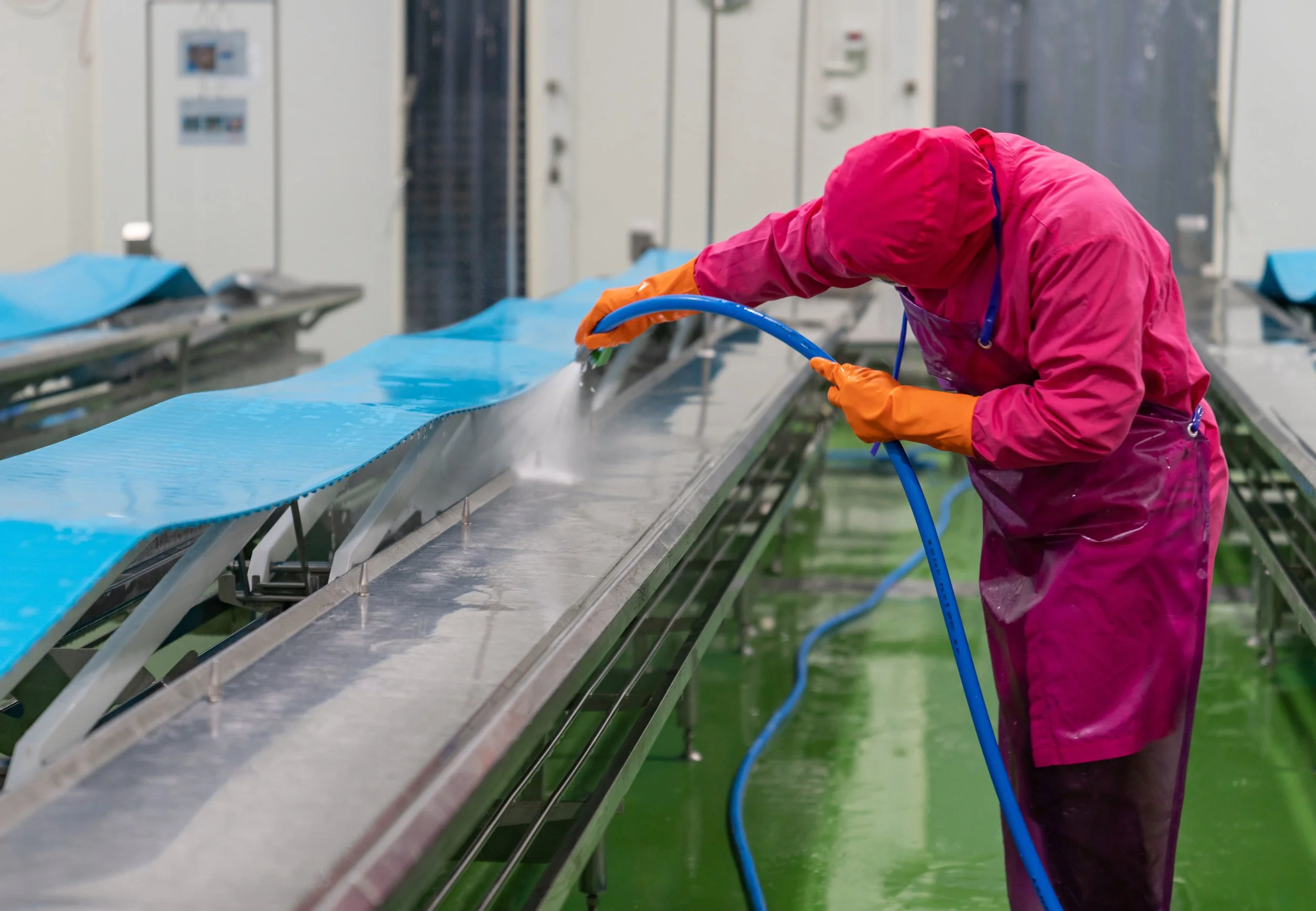When it comes to the food processing industry, each part of any facility must meet stringent standards to ensure that the final product is safe for consumers. Conveyor belts provide a vital role for meat and poultry processors as they keep the products moving from one stage to the next. The selection of these belts is key to not only the overall safety of the end product, but to improve efficiency and prevent high maintenance costs for the facility. Here are the top five best practices to make sure your facility has the best belt for their production line:
Ensure it meets industry standards: Keeping up with the strict industry hygiene standards is at the forefront of any meat and poultry processing facility and this is also true when it comes to any belt purchase. Facilities must first look for their belts to comply with all applicable FDA/USDA Meat and Poultry requirements. In addition, look for belts that are constructed with HAACP design principles. These belts ensure that the facilities belt are able to provide a clean and efficient way to convey the food they produce.
Prioritize Hygienic Design: Hygienic design is paramount to preventing bacterial growth and contamination that could lead to severe health risks for consumers and costly company recalls. Even when following proper sanitizing procedures, belts could be harboring pathogens in various crevices or cracks. When picking belts look for ones that are smooth with non-porous surfaces and seamless design. Avoid any belts that have cracks, links, or hinge pins which can become breeding grounds for bacteria.
Match the Belt Material to the Application: In each stage of a meat processing facility conveyor belts are exposed to various temperatures, moisture, and environments. These stages each have different belting needs (see our article here on how temperatures affects these belts) and understanding what is necessary for your belt to endure helps keep it from becoming a hindrance. Plastic modular when used in a cutting area can be prone to nicks and abrasions that can then lead to pathogens and plants should look to using stainless steel belts to minimize this risk.
Opt for Easy-to-Clean Designs: One of the challenges of the demand for increased efficiencies in meat processing plants is the downtime required for frequent cleaning. The balance between cleaning cycles and production times must be maintained to avoid losses. When looking for belts, purchasers should opt for belts with clean-in-place (CIP) capabilities and designs that allow for quick and thorough cleaning. Many conveyor belt frames can be upgraded with plug and play CIP systems, and these systems work best for belts with homogenous designs. Plastic modular belts should have an open hinge design so that the CIP system can flush out all the debris.
Focus on Durability and Longevity : Conveyor belts in meat processing are consistently exposed to harsh chemicals during cleaning and sanitization. Belts that have fabric plied layer cannot withstand these chemicals and may degrade, leading to contamination and breakdowns. Hydrolysis resistant materials such as Thermoplastic Polyurethane (TPU) are made to endure the rigors of the sanitation process. Investing in higher quality belts and materials will reduce the need for frequent replacement and increased maintenance costs.
By keeping these five tips in mind when making their next belting purchase, meat processors will be able to reduce costs and maintain safe operation of their production line.

